Why Even Great Advice Gets Ignored—and How to Change That
How receptive are you to advice?
I like to think of myself as a highly coachable person who is open to advice.
And lately, I’ve noticed a pattern. People offer me advice—sometimes I’m fully engaged, scribbling notes, asking follow-up questions, trying it out right away. Other times? It hits a wall. I hear it, smile politely, and my brain says, “Yeah… no.”
And I started to wonder—why the inconsistency?
So I took the conversation to LinkedIn. I asked folks what makes them actually take advice—and what makes them shut down. The responses were revealing. I even ran a quick poll, and the lowest-scoring factor surprised me: expertise.
Turns out, having all the credentials in the world doesn’t guarantee anyone’s listening.
Let’s explore what makes for better advice (advice that people want to hear).
And, hey, if we’re not connected on LinkedIn, let’s do!
What Makes Advice Stick?
You can click on this week’s Asking for a Friend Video below for more advice about advice.
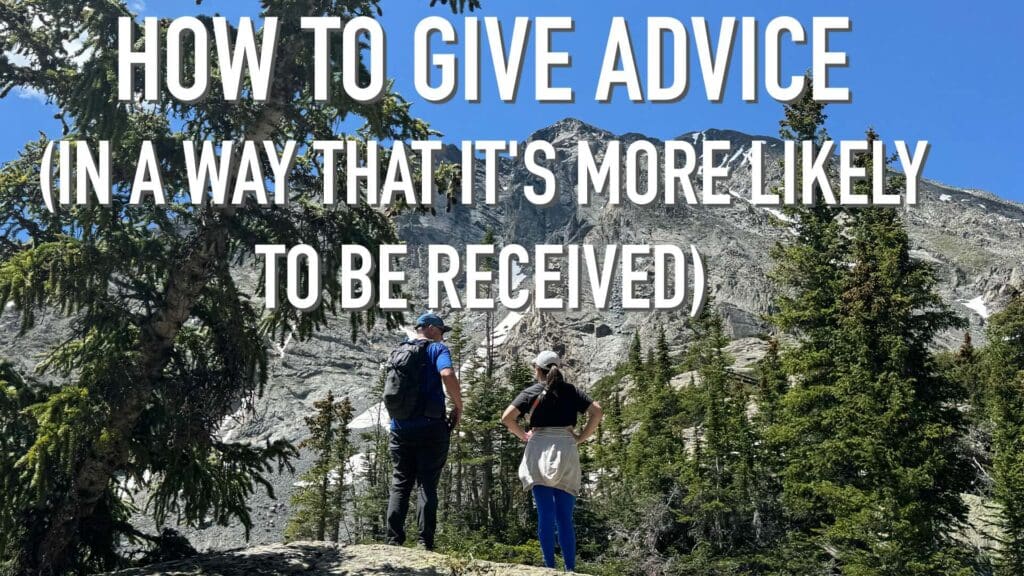
1. It Has to Work (Impact)
This was the big one. The number one reason people said they’ll take advice is because it works. Not because someone has the title or a big resume—just because following their advice has led to real results.
So if you’re giving advice, don’t lead with, “Here’s what I did.” Instead, try:
“Here’s what worked for me in a similar situation and why—think somethig of this nature might apply here?”
It’s not about being the hero of the story. It’s about giving people something they can use. In Courageous Cultures, we call that practicing the principle—taking an idea and shaping it for someone else’s reality, not yours.
2. How You Say It (Style)
Style came in second. And this isn’t about being polished or flashy. It’s about tone, approach, and timing. It’s about confident humility.
You want to show up with belief in what you’ve seen work—but paired with curiosity and openness. Advice that feels like a helpful offer lands differently than advice that feels like a lecture.
Try leading with:
“Would you be open to an idea we’ve been testing out? It’s worked well for my team—I’d be happy to share the details if that’s helpful.”
This kind of invitation makes it easy for someone to opt in, rather than feel like they’re being corrected.
3. Do I Trust Your Motives? (Intention)
Almost 1 in 3 people said they’ll only take advice if they believe the other person has their best interest at heart. Makes sense. Advice without trust feels like criticism. Or worse—like a power play.
This is where the context really matters. If you’re offering advice to a peer, try it one-on-one. Keep it informal. Skip the “look what I built” slide deck and try something simple like:
“Hey, we’ve been trying something that’s helped a lot—let me know if you want to hear more. Might be useful.”
When people feel like you’re sharing because you care—not because you want credit—they’re more likely to listen.
See Also: How to Lead With Their Best Interest at Heart
Make It Feel Like an Offer, Not a Push.
Advice fatigue isn’t about being stubborn. It’s about people being overwhelmed with input and selective about what they trust. So if you want your ideas to land, think less about the brilliance of what you’re saying—and more about how it will help them succeed, right now, in their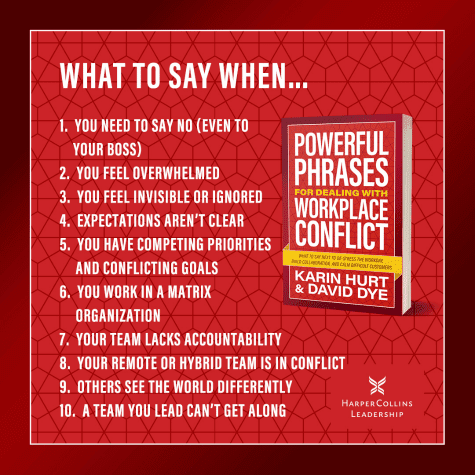 real context.The goal isn’t to be the expert in the room. The goal is to be useful.
real context.The goal isn’t to be the expert in the room. The goal is to be useful.
Let’s stop flooding people with advice and start giving them room to choose the help they actually want.
FAQ: Advice That Sticks
Q1: How can you tell the difference between someone being unreceptive to advice and just needing time to process it?
Pay attention to pacing. If someone gets quiet, pauses, or asks clarifying questions later, they may just be processing. But if their body language shuts down—folded arms, dismissive tone, topic change—they might not be open (at least not right now). Giving space can be more effective than pushing forward.Q2: What are small signals that show someone genuinely has your best interest at heart when offering feedback?
Tone matters. So does timing. People who care usually ask before offering advice, connect it to your goals, or check in afterward. They don’t try to “fix” you—they try to help you succeed on your terms.
Q3: How can you reframe advice as a collaborative idea?
Use language that invites partnership. Try:
“Here’s something we’ve tried—what do you think might work here?”
“Would it help if I shared a quick idea that’s worked before?”
That slight shift turns advice into a shared exploration, even when things are moving fast.
Are you looking for more ways to tailor your communication so it’s more likely to be heard? Download the first few chapters visit our Conflict and Collaboration Resource Center.

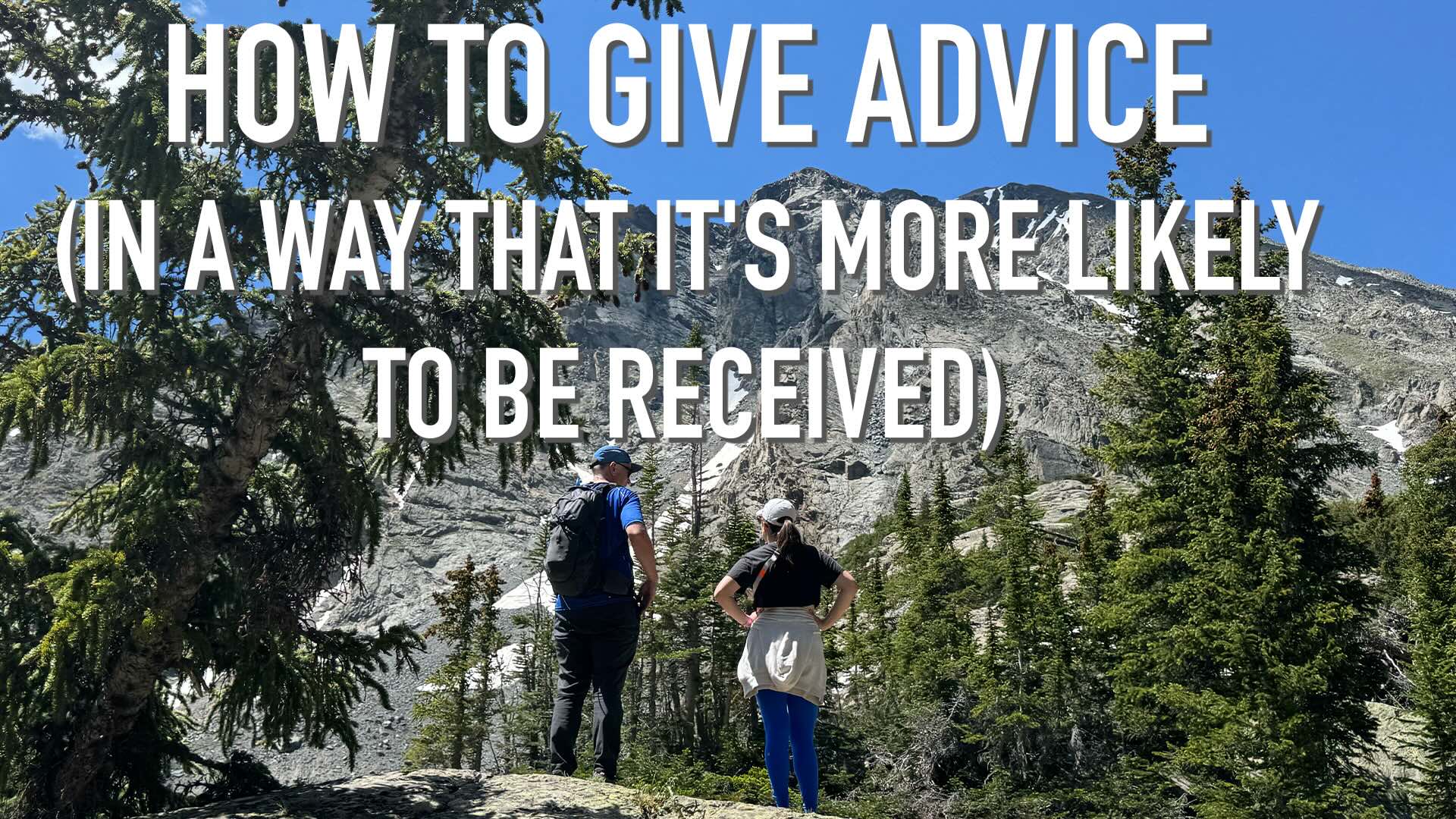



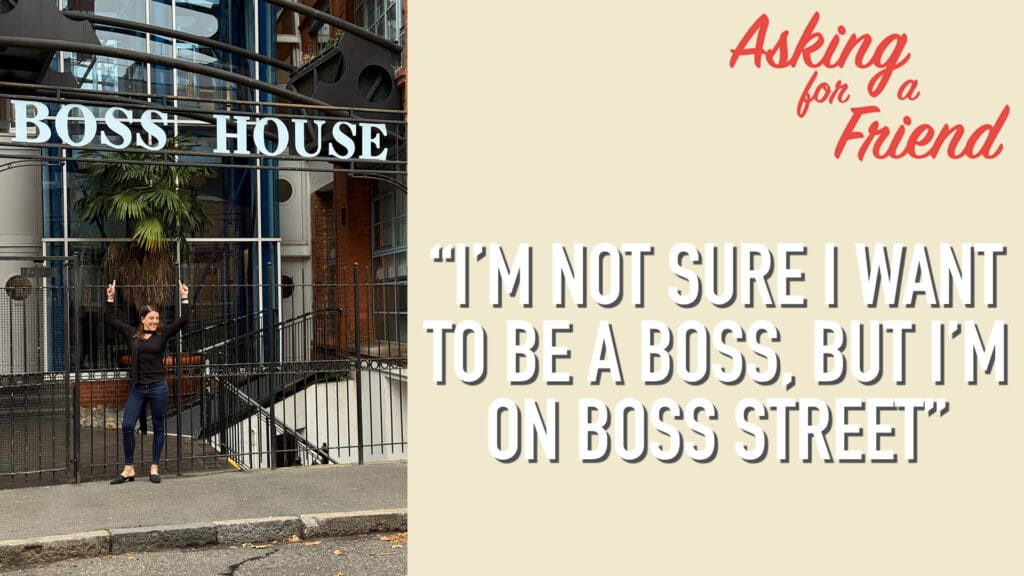

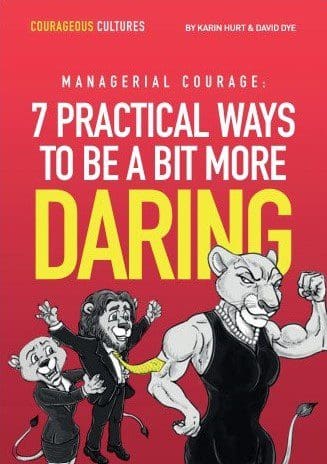
0 Comments